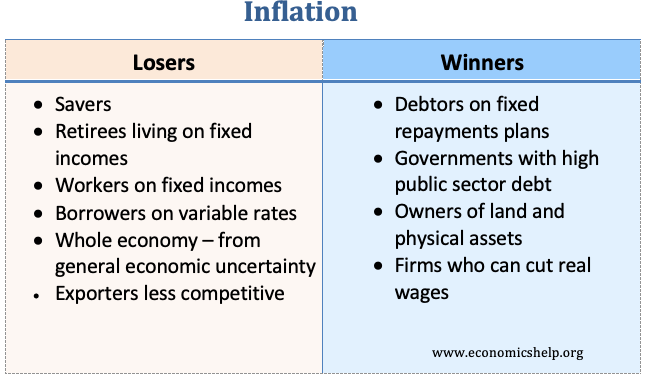
AD is the demand consumers, businesses, government, and foreign countries.
Changes in price level cause a move along the curve not a shift of the curve
Aggregate Demand
- shows the amount of real GDP that the private public and foreign sector collectively desure to purchase at each possible price level.
- the relationship of price level and level of real GDP is inverse
1. Wealth Effect
- higher prices reduce purchasing power of $
- This decreases the quantity of expendetures.
- lower price levels increase purchasing power and increase expendetures
2.Interest Effect
- as price level increases,lenders need to charge higher interest rates to get REAL return on their loans
- higher interest ratesd discourage consumer spending and buisiness investment.
3.Foreign trade effect
- when the U.S price level rises, foreign buyers purchase fewer U.S goods and Americans buy more foreign goods.
- Exports fall and imports rise causing Real GDP demand to fall
Shift in Aggregate Demand
- There are two parts to a shift in AD
-A multiplier effect that produces a greater change than the original change in the 4 components
Increases in AD=AD→

Decrease in AD=AD←

Determinants of AD
- Consumption (C)
- Gross Private Investment (Ig)
- Government Spending (G)
- Net Exports (Xn) Exports - Imports (X-M)
Breakdown..
1. Change in Consumer Spending (C)
Consumer wealth (Boom in stock market)
Consumer expectations (People fear a recession)
Household Indebtness (more consumer debt)
Taxes (Decrease in income taxes)
2 Change in investment spending (Ig)
real interest rates (price of borrowing $)
(If interest rates increase)
(If interest rates decrease)
Future business Expectations (High expectations)
Productivity and technology (New robots)
Business Taxes (Higher corporate taxes means...)
3.Government Spending (G)
(War)
(Nationalized Health care)
(Decrease in defense spending)
4. Change in Net Exports (X-M)
Exchange rates
(If the U.S dollar depreciates relative to the euro)
National Income Compared to abroad
(If major importer has a recession...)
(If the U.S has a recession...)
"If the U.S get a cold, Canada gets Pneumonia"
AD=GDP=C+I+G+Xn
Government Spending
- More government spending (AD→)
- Less government Spending (AD←)



/what-is-balance-of-payments-components-and-deficit-3306278-Final1-c67946023d0f4cdcb7e7794de02947bc.png)